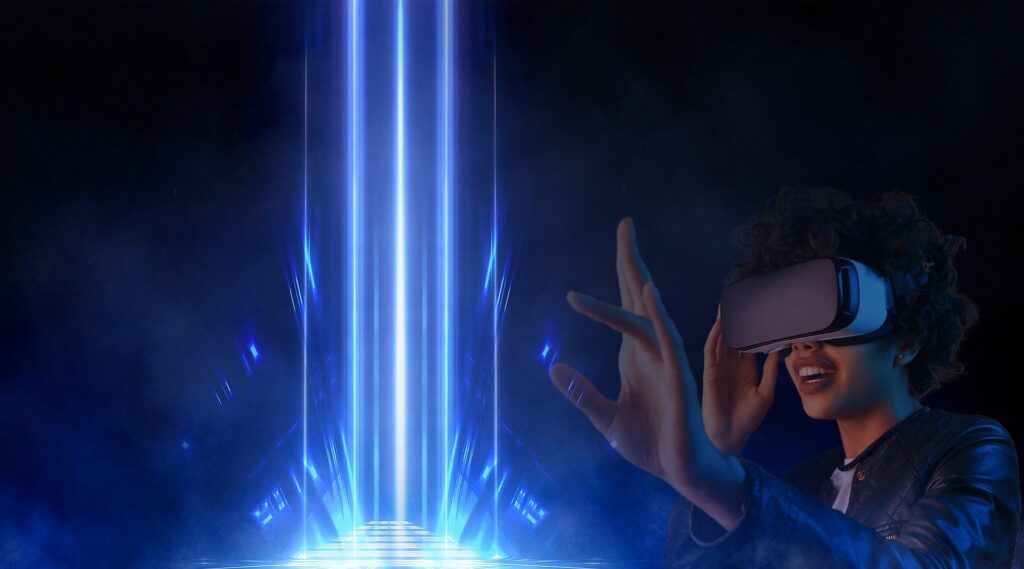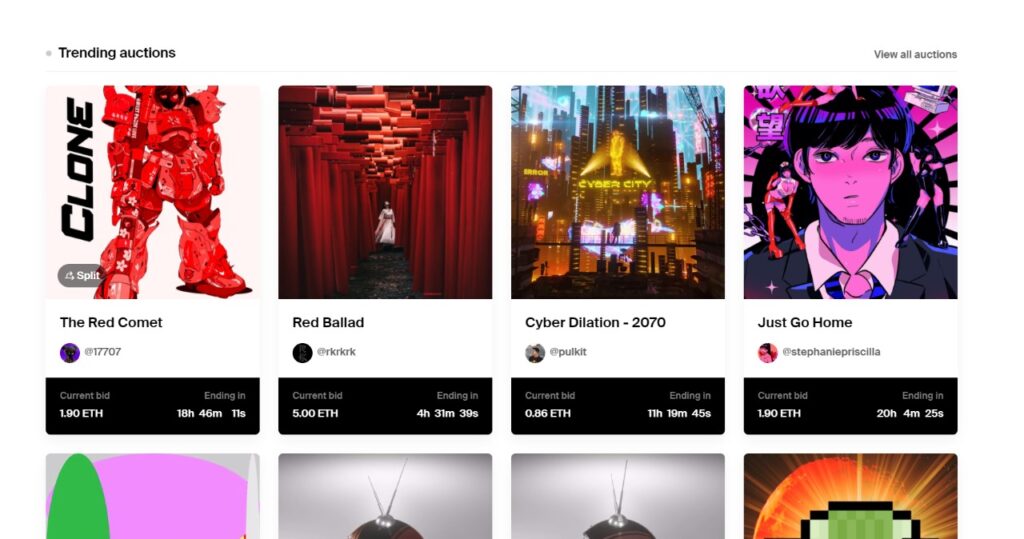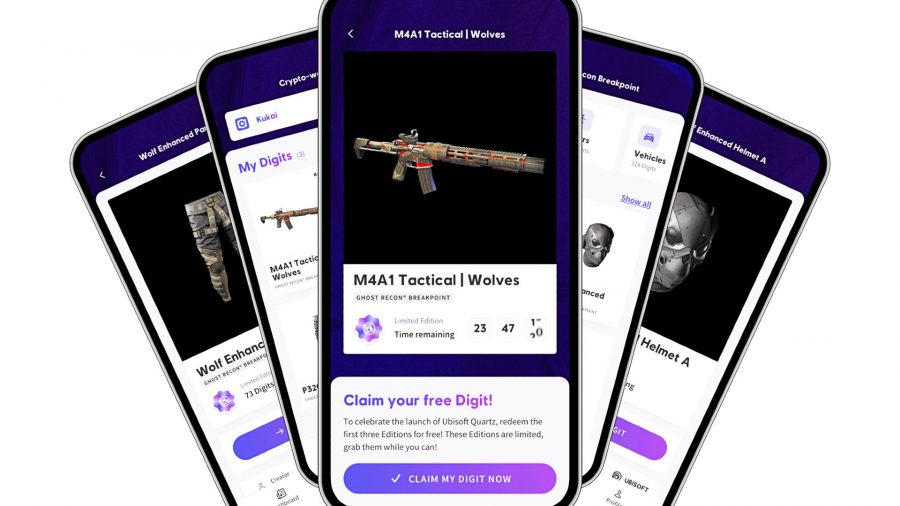
By Hans Leguízamo. Peninsula 360 Press [P360P].
With Facebook's name change to Meta came the announcement that Zuckerberg was planning to build a metaverse for his platform (also reflected in the name change). Soon after Epic Games, Microsoft, Ubisoft and other companies announced that they were interested in building their own metaverse. This term has quickly become associated with cryptocurrencies, NFTs and video games.
They all use the concept of the metaverse as "snake oil salesmen" without explaining precisely what it is. The reason is that building the metaverse is physically and logistically impossible with the technology and resources of any of these companies.
What is the metaverse?
The so-called metaverse is a concept borrowed from the science fiction novel l Snow Crashby Neal Stephenson. It is a virtual reality world where users, represented by avatars, can interact, buy property, earn money and essentially be and do anything the user desires. This metaverse is fueled by the constant work of all the users who program and accept jobs from each other to please the needs and whims of whoever can afford them.
The metaverse then is a virtual reality platform in perpetual development. There cannot be two metaverses, given the platform's intention to be a parallel world to the physical one. It is this quality, that of being a universe within a universe, that distinguishes it from any other virtual reality room or massive online video game. In this sense, it can be thought of as the internet, a network of information exchange that has no exact owner, but which we have made our primary means of interaction, employment, information and entertainment. The difference then between the internet and the metaverse is virtual reality and real-time interaction with avatars of different users.
The Metaverse of Meta
Finally we know Horizon Worlds and Horizon Workrooms, the programs that meta announces as the first stone of its metaverse.
Worlds is a virtual reality program that combines a social room with 3D sculpting and basic programming for up to 25 people. It is a socialization program with possibilities to create private worlds and sculpt basic objects as well as give them predetermined characteristics and make small codes to animate your creations.
Horizon Workrooms is a virtual room designed to be a workspace. It is essentially a virtual office where you can connect up to 16 people with avatar and up to 50 with video call.
Horizon Workrooms - Remote Collaboration Reimagined
What users of these programs have experienced has nothing to do with the concept of metaverse, not even close to what we know as massive online games. They are virtual reality rooms sold under the metaverse label. Perhaps the closest thing to what Neal Stephenson describes in his novel is the opportunity to use rudimentary programming tools to create different content.
Zuckerberg and his team know that they are not capable of creating something similar to the metaverse, but that is not their goal. The launch of these apps, which have been announced to be free, is nothing more than an attempt to monopolize access to virtual reality with Facebook at the center. They intend to be the company that is used as a synonym for virtual reality by entering the market before there are competitors.
The question of money
The video game industry has grown exponentially in recent years, and it has little to do with the development of video games themselves. This expansion is due to the integration of different monetization methods. It is so common, that the games themselves are designed around these systems. That is, the "creative" decisions are made in relation to creating the need for players to spend money. Many times, companies already know how they are going to monetize the product without being sure what the product itself looks like.
We can see trends in video games that will undoubtedly affect (and are affecting) the creation of the misnamed "metaverses" of different companies. The purchase of digital items, the use of virtual currencies that are bought with real money, daily rewards to keep players glued to the screen, random rewards and a host of other gimmicks are well established and proven in the industry. However, there is an emerging technology that has captured the attention of investors and game developers, the blockchain technology used in cryptocurrencies and Non Fungible Tokens or NFTs.
The very topic of blockchains and NFTs deserves an in-depth explanation and is quite interesting, but to understand their relationship to the metaverse a simple summary will suffice.
Blockchain technology is a kind of irreplicable digital signature that stores information. Once information has been confirmed on it, it cannot be modified and it keeps a record on which a "chain" of events is built. This is how interactions, possession and existence of cryptocurrencies are tracked and secured. It is also the technology behind NFTs, where token means a digital object. The object in question can be an image, a GIF, 3D sculptures, i.e. digital art in general.
Unlike cryptocurrency, an NFT is not equivalent to any other, that is, each one acts as an unrepeatable and unforgeable signature. These NFTs can be sold, bought and validated through the same blockchain technology. It is worth mentioning that the NFT itself is not the digital artwork, but the digital signature associated with it.
These non-fungible tokens give a particular characteristic to digital goods, making them "unique". Their fans buy, sell and auction these proofs of possession as if they were works of any classic artist and can reach thousands of dollars.

In late 2021, video game company Ubisoft launched a digital store for NFTs called Quartz. Integrated with the video game Ghost Recon Breakpoint, this platform allows users to purchase in-game cosmetic items with associated NFTs. According to Ubisoft, these cosmetics, created in limited numbers, can be bought and sold among Quartz users. This, in addition to integrating a value determined by supply and demand, adds a quality of rarity and scarcity to a previously indefinitely replicable digital object. In the words of the French company, it gives players control over their digital assets and empowers them.

The response from players was much worse than expected and although the first NFTs from this company were given away to Quartz users, few movements of these objects are reported in the market and the video announcing these new non-fungible tokens was removed from YouTube by the company due to its poor reception.
And no wonder, as already mentioned, this technology represents a proof of ownership, but it is not the object or art itself. The original artist or distributor of the token may reserve the rights to market the image, and in Ubisoft's case, the company reserves the rights to the models and graphical representations of the token in question. Although the digital signature (the string of code representing your property) is yours, Ubisoft may revoke the rights to the graphical representation associated with it.
What's in it for Ubisoft? The blockchain technology stores the information of all transactions made with that electronic signature and can therefore trace back to the original owner. In such a case, Ubisoft would earn a percentage of all subsequent transactions related to that NFT, even if the associated video game becomes unavailable.
Now does what Zuckerberg was saying during the Meta presentation about bringing things into the metaverse and "sharing them" make sense?
Why does it always have to be hats?
Following the tried and trusted method of video game companies selling hats as cosmetics, let's imagine an example of how Meta and other companies intend to profit from their "metaverses".
Meta's Horizon Worlds and Horizon Workrooms allow you to customize your avatar, the program features a variety of accessories, including caps and hats in different styles for free. Of course, Meta has included a selection of premium items that have to be purchased.
Meta then secures a contract with the NBA for their 75th anniversary celebration with the intention of creating a commemorative cap. Knowing the interest of its users, it creates a limited line of NFTs. Let's say he makes 1000 commemorative caps and sells them to "select" users. Users who buy these tokens will be able to resell them at will and the price will increase as demand increases. Of course, Meta will receive an amount of money every time one of these tokens is sold.
Let's increase the complexity. Meta has announced that it is working with developers to create exclusive video games for its platform and is also working with companies to attract popular video games. The next step is to negotiate with developers for the integration of NFTs and the inclusion of the NBA commemorative cap. So, with the token as a key, you will be able to "bring" the cap you own to your video game of choice. Of course, the cap is not going anywhere, what has happened is that the programmers have modeled a similar cap in the graphics engine of their game and limit access to it to people who can prove possession of the associated NFT. The market for this commemorative cap is expanding and now reaches all people who play the video games that have decided to cooperate with Meta.
Now let's get to the heart of the matter. Remember how Horizon Worlds allows users to create basic objects and rudimentary programming? These tools can easily be used to create hats. Hats that can then be registered within Meta's ecosystem and used in any program in their virtual reality lineup. Users could auction, buy and sell digital hats they created themselves to make a profit.
Hats are a crude example of what the video game industry has been doing for years, this is much bigger. Meta users could create art, sculptures, game modes, stories, furniture for virtual houses, etc. All of this would generate steady, ongoing revenue for as long as Meta's ecosystem of software and games continues to function.
The idea of the metaverse is nothing more than a superficial inspiration to mystify the goal of these companies; to create an ecosystem of programs that can communicate with each other and be the basis of a cross-platform NFT economy.
This technology attracts investors like siren songs, who see how some digital works have been sold for more than 90 million dollars. They can't stop fantasizing about their integration into a digital world where they can own, sell, profit and eat the cake, all at the same time.
You may be interested in: Nvidia CEO sees no end to chip shortage


